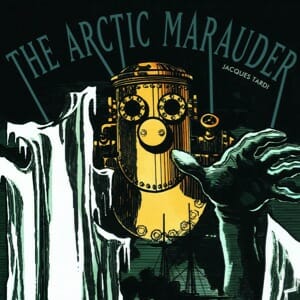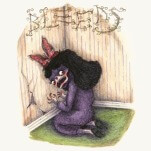Comic Book & Graphic Novel Round-Up (2/9/11)

Every Wednesday, Paste looks at some of the most intriguing comic books, graphic novels, graphic memoirs and other illustrated books.
King of the Flies: The Origin of the World (vol. 2), by Mezzo and Pirus
(Fantagraphics, 2011)
Rating: 6.9
Pascal “Mezzo” Mesenburg and Michel Pirus’s trilogy isn’t out in its entirety in English yet, but the first two parts are, and Amazon.com’s recommendation engine suggests you buy Charles Burns’s new one in its “price for all three” feature. That’s about right. The second volume of King of the Flies owes about as much to Burns as the first one (Hallorave) did, but it should reward those who stayed the course despite some problems with their first book. Hallorave was a little selfconsciously dark, constantly trying to poke a thumb in the reader’s eye about sex, drugs, violence, and bad behavior, and it was often annoying, as a thumb in the eye or a teenager just discovering rebellion can be.The Origin of the World, as its title (a reference to the famous painting by Gustave Courbet of a woman’s abdomen and sexy bits) signals, is a little more mature in its provocateur stance, but there’s still plenty of envelope pushing. The characters have grown richer and more varied, although you still may trouble distinguishing among the women in particular, and the narrative more focused, with fewer bodies to keep track of. The art, certainly a highlight of the last book, features some clever use of color to indicate fantasy and the supernatural, both of which appear more extensively this go-round. Consider it, on the whole, analogous to Friday the 13th Part II: a step in the right direction and an improvement on the original rather than a boring retread. (HB)
Rat Catcher by Andy Diggle and Victor Ibanez
Noche Roja by Simon Oliver and Jason Latour
(Vertigo, 2011)
Ratings: Rat Catcher – 4.1; Noche Roja – 6.7
-

-

-

-

-

-

-

-

-

-

-

-

-

-

-

-

-

-

-

-

-

-

-

-

-

-

-

-

-

-

-

-

-

-

-

-

-

-

-

-








































